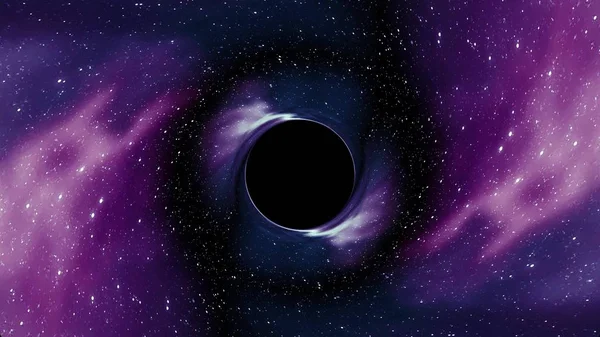
It is 5 billion light-years away, quiet but mind-boggling in size a black hole with 36.3 billion solar masses. Located at the center of the lensing galaxy SDSS J1148+1930, more popularly referred to as the Cosmic Horseshoe, it might be the largest black hole to have been confirmed to high accuracy. Its presence is not just a record, but a challenge to the limits astrophysicists have set on how large black holes can be.
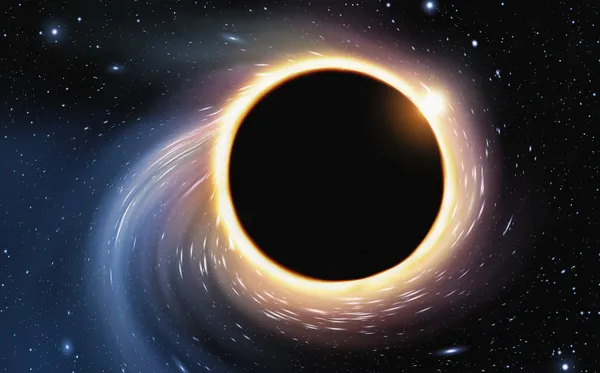
1. Measuring the Unmeasurable
It’s difficult to measure the mass of a black hole in a faraway galaxy. Conventional stellar kinematics observing the motion of stars close to the galactic core is good for close-by systems such as Sagittarius A, the Milky Way’s 4.3-million-solar-mass black hole. But at distances cosmological, the innermost regions are too compact to resolve. The group headed by Carlos Melo-Carneiro overcame this by joining stellar kinematics with gravitational lensing, taking advantage of the Cosmic Horseshoe’s nearly complete Einstein ring.
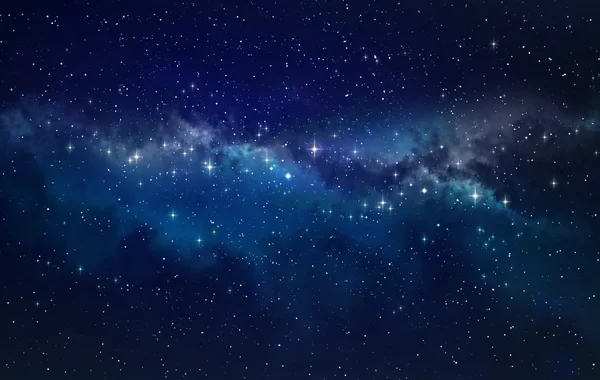
As University of Portsmouth’s Thomas Collett described, “We observed the effect of the black hole in two methods it is bending the path that light follows as it moves past the black hole and it is making stars in the inner parts of its host galaxy move very rapidly.” This two-pronged effort yielded an abnormally strong mass measurement.

2. The Power of Gravitational Lensing
Gravitational lensing takes place when a massive foreground galaxy deflects and amplifies light from a more distant source. For the Cosmic Horseshoe, the gravity of the lensing galaxy warps the background galaxy into a glowing arc, exposing not only the mass distribution in the lens but also the gravitational pull of its central black hole. By creating a model of the radial arc an uncommon nearly full ring and matching it with stellar velocity observations, scientists gained an accuracy that slips through the grasp of most black hole mass measurements. This technique, they say, can be revolutionary for finding sleepier ultramassive black holes throughout the Universe.
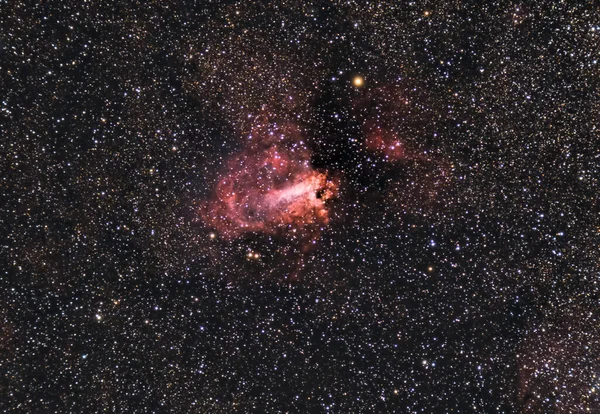
3. Dormant, Yet Dominant
Unlike active galactic nuclei or quasars, which burn bright throughout the spectrum as they consume matter, the black hole of the Cosmic Horseshoe is slumbering. “Its detection was based solely on its tremendous gravitational pull and the impact it has on its environment,” Melo-Carneiro stated. The lack of high-energy emissions highlights the sensitivity of the combined lensing kinematics technique, which can measure even quiet giants billions of light-years distant.
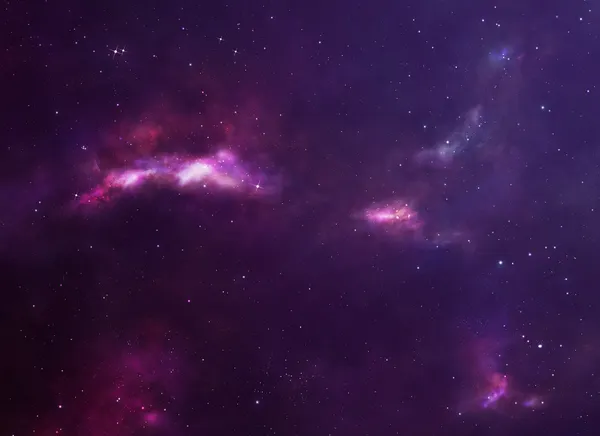
4. At the Theoretical Limit
Astrophysical theory offers a useful upper boundary of some 50 billion solar masses for black holes created via steady accretion, before their disks break up into stars. The Cosmic Horseshoe’s 36.3 billion solar masses are uncomfortably near that threshold. Heavier contenders such as TON 618 have been put forward, but their masses are based on indirect, less precise techniques. In this case, the precision is the tale.

5. A Fossil Galaxy’s Legacy
The host galaxy is a fossil group the leftovers of a galaxy cluster that fused into a single, enormous elliptical. Over billions of years, supermassive central black holes in each member probably spiraled inward and coalesced, yielding the ultramassive center seen today. It is probably the case that all of the supermassive black holes originally in the companion galaxies have also now merged to create the ultramassive black hole that we have discovered,” Collett said. This makes the Cosmic Horseshoe a snapshot of the “end state of galaxy formation and the end state of black hole formation.
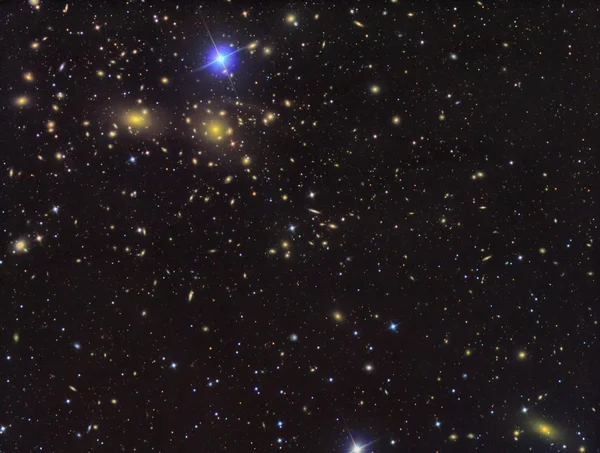
6. Outliers and Evolutionary Pathways
Interestingly, the black hole is “too massive for the host galaxy’s effective velocity dispersion,” according to the authors of the study. This is an oddity from the well-tested black hole bulge mass relation, and it points toward other histories of growth for fossil group galaxies, perhaps even one that is merger-dominated black hole assembly as opposed to continuous feeding.
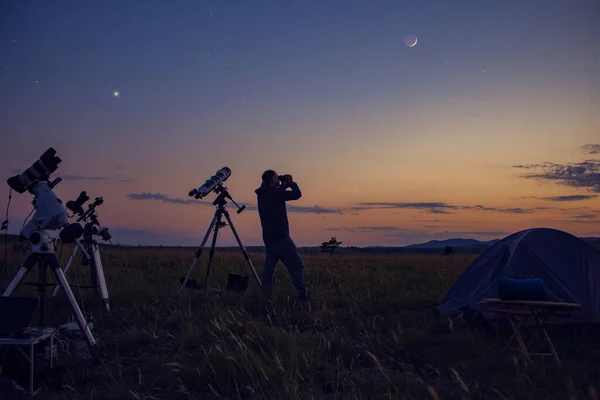
7. Significance to Upcoming Surveys
The uniqueness of such systems as the Cosmic Horseshoe restricts present statistics, but that will soon change. The Euclid mission of the European Space Agency will find hundreds of thousands of powerful lenses over the next five years, while the Extremely Large Telescope will allow for detailed dynamical investigations at unprecedented scales. Radial arcs, the secret to this measurement, “are anticipated to become progressively widespread,”the scientists said, predicting a spate of accurate ultramassive black hole detections.

8. Redefining the Mass Scale
The two-method measurement of the Cosmic Horseshoe black hole reinforces the argument that the black hole’s top mass range of 30 40 billion solar masses is not only real but possibly the norm for the Universe’s most massive galaxies. Whether or not this crosses the long-held 50-billion-solar-mass threshold will depend on what future surveys uncover and how many more fossil giants are lurking in plain sight.

